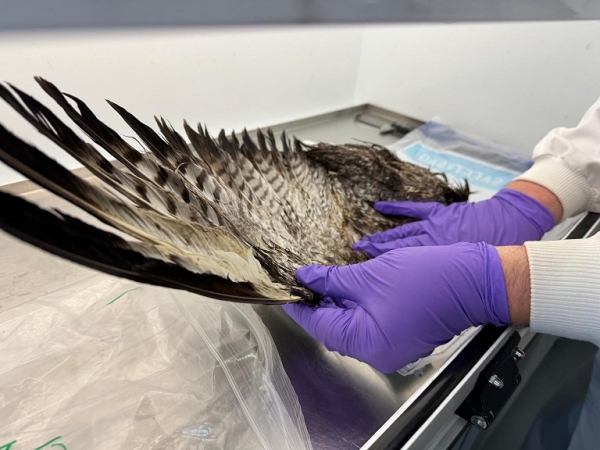In this instalment, Alice and Sue brave the walk-in freezers at the UK Centre for Ecology & Hydrology (UKCEH) in Lancaster, where the temperatures get down to -18°C, to explore the story behind PFAS – per- and polyfluoroalkyl substances – also known as “forever chemicals”. These persistent chemicals are woven into our everyday lives, found in non-stick cookware, waterproof clothing, cosmetics, food packaging, and firefighting foam, for example.
But there’s a chilling twist: PFAS can remain in the environment for over 1,000 years, quietly building up in the food chain, and in the tissue in our bodies. As apex predators, birds of prey – like buzzards, barn owls, sparrowhawks, and kestrels – ingest these and other chemicals. For this reason, UKCEH dead predatory birds donated by the public are used by scientists to build up a picture of pollutants in the environment.
Listen now to learn how each bird tells a story – and to find out what we can do about forever chemicals.
Read more at: UK Centre for Ecology & Hydrology
The study of predatory birds can tell us about how chemicals accumulate in the environment. (Photo Credit: Boffin Media)
Sci/Tech Top Stories Pollution Wildlife

